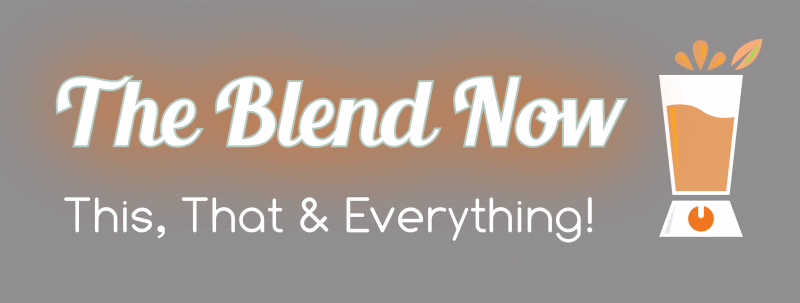The Korean culture is one of the world’s oldest and most extensive cultures. In today’s Korea, which is divided into North and South Korea, there are more cultural distinctions today. This cultural and historical patrimony was initially, however, shared fairly identically across the entire Korean peninsula and southern Manchuria. Korean culture includes its entire history, customs, traditions, and convictions. It is shaped by every dynasty, war, religious change, the modernization of the entire world and many other customs and traditions passed down through the generation and undergoes minor modifications with every generation passage.
Korean culture, on a possibly more obvious surface, also comprises its food, holidays, sports, and societal standards, as well as its folk culture in the form of music, films, dramas, fashion, food from renowned places, Korean massages from places like masakor.com. And they are only a few of the little components of the entire culture.
Korean Beliefs
Koreans’ spiritual foundations and beliefs are founded mostly on Confucianism, Buddhism, and Christianity. Of these, Confucianism in particular has a long history in Korea and its politics and social theories can still be seen vividly in Korea today. Buddhism and Christianity are also very apparent in society, however, where 46 percent of the population are Buddhist South Koreans.
Beauty concepts in Korea
In order to properly comprehend the way Koreans behave and think, you must understand the notion of Korean facial chaemyeon. It is one of the most essential elements that influences the way Koreans conduct themselves in their daily lives and interactions.
It refers to the look of a person who wants to – or wants to – offer others. It is particularly common in terms of our social position. For example, if someone has difficulty with a relationship, a job position, finance or something simpler than a school effort, they wish to mask it and display a more balanced image of themselves. However, too much discomfort can harm physical and psychological health. Long-term or chronic strain might result in serious conditions like depression and cardiovascular ailments.
The massage employs mild pressure and expansion to soothe the body. Investigators discovered that massage more efficiently lowers discomfort than just rest for healthy persons.
Customs and Korean traditions
South Korea enjoys two main holiday seasons each year: Lunar New year in January-February and September-October Korean Thanksgiving. Both vacations are celebrated with family with respectful forefathers of special holiday meals and family games, which play a large part of the day.
A ceremony called the sebae is one of the most essential aspects. The entire family dresses up there and carries out a deep, traditional arch, and wants to bring a lot of chance throughout the year. Rice cake soup, sweet pancakes, and mixed glass noodles with vegetation are normally consumed in cuisine.
Dance of Korea
Dances in Korea originally emerged an astounding 5000 years ago, as part of shamanistic ceremonies. Differences in folk dances have evolved from these ritualistic dances over the years and across the many dynasties. There were more than 12 dance kinds, such as in front of royals, that were popular in the court. Some of the classic dances, which are most prevalent, are still well known today:
- talchum
- gainjeonmokdan
- nongak
- buchaechum
Popular Korean Culture
The popular Korean culture is sometimes referred to as the hallyu or the Korean wave, and it has become widely distributed throughout the world, not just in Korea. Korean pop, drama and movies are mostly featured. In reality, although K-Pop is now a hot theme through performers like BTS, in other countries it was initially a Korean drama.
Houses and apparel in Korea
In Korea nowadays traditional homes and clothing remain prominent, along with other parts of Korean culture. For example, it is possible to observe modern Korean high-rise structures in neighborhoods like Gwanghwamun in Seoul mixed with the ancient Korean palaces of historical value, all in one area, with local and visitor travelers wearing their traditional apparel.
Beauty concepts in Korea
In order to properly comprehend the way Koreans behave and think, you must understand the notion of Korean facial chaemyeon. It is one of the most essential elements that influences the way Koreans conduct themselves in their daily lives and interactions.
It refers to the look of a person who wants to – or wants to – offer others. It is particularly common in terms of our social position. For example, if someone has difficulty with a relationship, a job position, finance or something simpler than a school effort, they wish to mask it and display a more balanced image of themselves. However, too much discomfort can harm physical and psychological health. Long-term or chronic strain might result in serious conditions like depression and cardiovascular ailments.
The massage from places like masakor.com employs mild pressure and expansion to soothe the body. Investigators discovered that massage more efficiently lowers discomfort than just rest for healthy persons.
